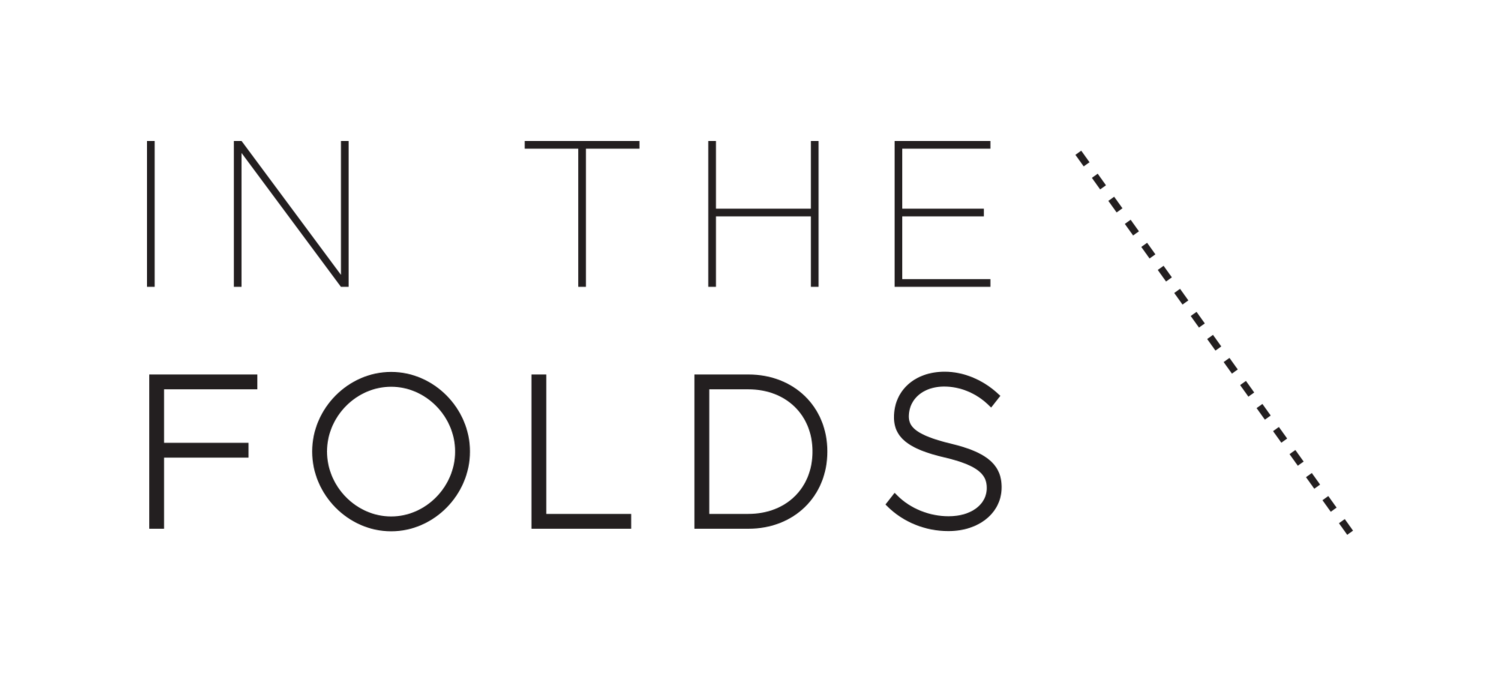We recently saw a comment from one of our members pop up in our Curated by ITF community that stopped us in our tracks:
““I embodied the motto ‘failing forward’ over and over again while doing this. Every time it didn’t work, I learned something, and by the end (is there ever actually an end?) I ended up with things that fit and I learned SO SO MUCH about pattern drafting and alterations. Absolutely priceless! Is it easy? No, I won’t tell you that, but it’s very doable and totally worth it.””
At In the Folds, we often talk about sewing as a practice, not just a product or outcome.
And this? This is the practice in action. Failing forward isn’t about avoiding mistakes - it’s about moving through them with curiosity. It’s about learning, not just making.
We did a little digging to understand where this term came from.
What does ‘failing forward’ actually mean?
The term was popularised by leadership expert John C. Maxwell in his 2000 book Failing Forward: Turning Mistakes into Stepping Stones for Success. The central idea is that failure isn’t the opposite of success. It’s part of it. What separates people who grow from those who stay stuck is how they respond to things going wrong.
Maxwell writes: “The difference between average people and achieving people is their perception of and response to failure.”
And this mindset? It applies just as much to creative practice as it does to leadership. Whether you’re learning to alter a pattern, trying a new technique, or sewing with a tricky fabric for the first time, let me tell you, there will be stumbles. The key is to see those moments not as setbacks, but as progress.
What failing forward might look like in your sewing practice
A crotch curve that doesn’t fit correctly the first time?
Call it a wearable toile and do some experiments with altering the curve. Or the many other things you can do to alter the outcome of a crotch curve.
A garment that looks nothing like you imagined due to the drape of the fabric?
Now you understand more about fabric and how it drapes on the body.
A bodice that doesn't quite fit?
Now you know where to adjust in future.
A tricky fabric that ends up puckered or stretched?
Next time, you could try a different needle or seam finish.
A fly that you sew 15 times… (Can you tell I am speaking from experience?)
It leaves you knowing you chose the best technique to use going forward.
Each of these ‘failures’ moves you forward—if you let them and don’t give up!
There’s No Final DESTINATION CALLED SEWING Mastery
Rachael, the Foldie who said this in our group to encourage the community, said it perfectly: “Is there ever actually an end?”
Sewing, like any craft, is an ongoing relationship. You’re never done learning. I’ve been at it for 28 years and I am still learning daily!
But that’s the point, right? There is no finish line, only a deeper understanding of the process, your preferences, and your skills.
I see this in our community every day. Makers who keep showing up. Who ask questions. Who try something new, even if it doesn’t go perfectly. Who make mistakes, but keep making.
That’s what Curated is all about.
Not the end result, but the steps we take to create a garment.
The trying. The tinkering. The learning.
So if you’re feeling stuck, or like something just didn’t work the way you hoped, remember this: you’re not doing it wrong. You’re doing it bravely. You’re doing it honestly. You’re moving forward, even if it doesn’t feel like it most of the time.
Keep up the great work!
Emily




